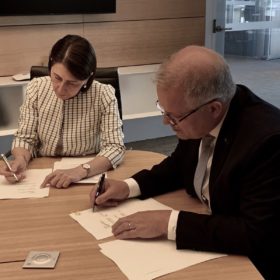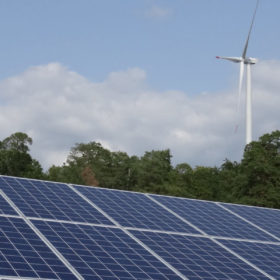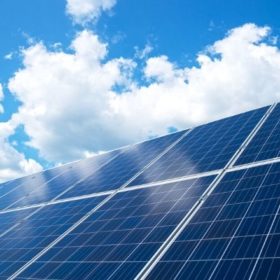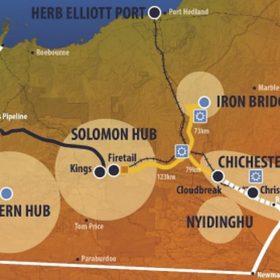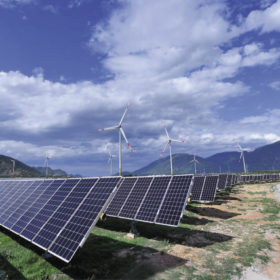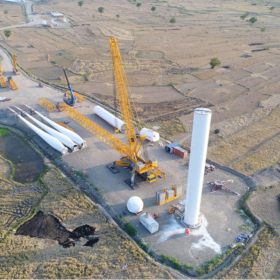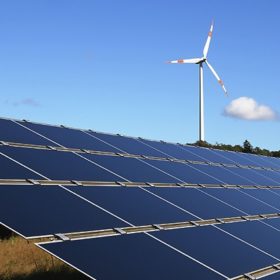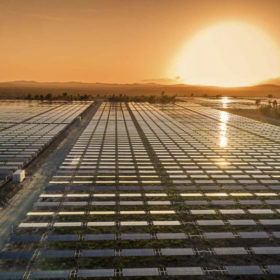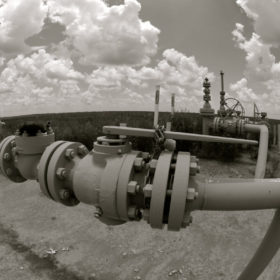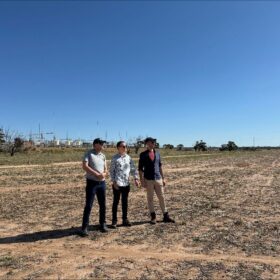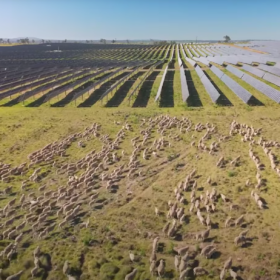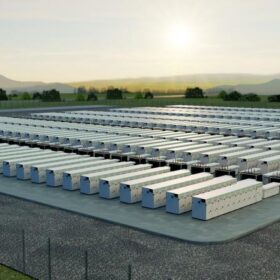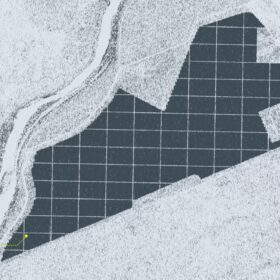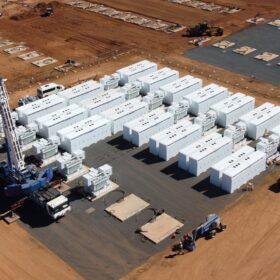Morrison-Berejiklian energy deal: Opportunity for renewables or climate deal with the devil?
An energy deal struck between the Morrison and Berejiklian governments that will see more than $2 billion invested to increase gas supply and reduce greenhouse gas emissions from the electricity sector has prompted a flurry of reactions that boil down to two conflicting interpretations of its purpose.
Renewables investment collapses due to network woes and policy uncertainty
In yet another confirmation of a dramatic drop in spending on large-scale renewables in Australia, a new analysis by the Clean Energy Council reveals a fall from 51 projects worth $10.7 billion in 2018 down to 28 projects worth $4.5 billion in 2019. Mounting regulatory risks, under-investment in transmission and policy uncertainty are the main reasons behind investment slow-down, which is set to put greater pressure on reliability and power prices as Australia’s old coal-fired power stations continue to close.
NSW, Victorian hospitals turn to solar for lower power bills
Dozens of hospitals across Victoria and New South Wales are installing solar to slash their greenhouse emissions and electricity costs. In NSW, another four hospitals have received government funding to install solar panels, while the number of Victorian solar-powered health centers continues to rise.
Fortescue invests in solar-gas-battery project to power its Pilbara operations
Resources giant Fortescue Metals will invest $US450 million ($668 million) in the next stage of its Pilbara Energy Connect program to combine 150 MW of gas-fired generation, 150 MW of solar PV and a grid-scale battery. The hybrid generation project will provide low cost power to the Iron Bridge magnetite project currently under construction.
Global corporations set new record contracting 19.5 GW of wind and solar projects
Corporations contracted a record amount of wind and solar energy through power purchase agreements in 2019, up more than 40% from the previous year’s record, says a new report from BloombergNEF. The bulk of this purchasing occurred in the U.S. with tech companies and oil and gas majors leading the charge. In Australia, onsite solar projects delivering power to corporations nearly doubled to 1GW.
New giant battery creates base for more renewables in Queensland
Singapore-based developer Vena Energy has announced that it will soon begin construction of Queensland’s largest grid-scale battery near Wandoan in the Western Downs. The 100 MW/150 MWh project will be delivered under a 15-year power purchase agreement with Australia’s biggest power producer, AGL.
What lies ahead for the NEM in 2020? Some lessons from 2019
After a leisurely break over the holiday period, I have returned to my desk to get right back into the analysis of what I think will be a pretty exciting year for the NEM. Connection difficulties, commissioning delays and stubbornly high storage costs point to uncertainty on the supply side, while strong rooftop uptake continues to whittle out daytime operational demand.
How good is solar farming?
The breadth and depth of detail in the GSD2019 (to be released today) reveals any number of important insights into the supply side of the NEM. One theme that stood out for me as I reviewed the data was the set of challenges facing the NEM’s most recent crop of new entrant generators – utility-scale solar farms – as they come to grips with the messy reality of the electricity market.
Green hydrogen costs projected to decrease by up to 60% by 2030
A new report from Hydrogen Council predicts that the cost of renewable hydrogen production will fall drastically by up to 60% over the coming decade due to the declining costs of renewable electricity generation and the scaling up of electrolyzer manufacturing. Thanks to its optimal renewable resources, Australia will be among the countries most favorably placed to contribute to the development of the hydrogen economy.
Advanced energy storage, green hydrogen research win government funding
Curtin University research that aims to develop a new way of producing, storing and exporting green hydrogen from Australian resources, UNSW Sydney’s efforts to develop novel cathode coating materials towards more durable and powerful energy storage devices and Monash University’s investigation into phase change materials for wind and solar energy storage are among 18 new research collaborations supported by funding through the Australian Research Council.

